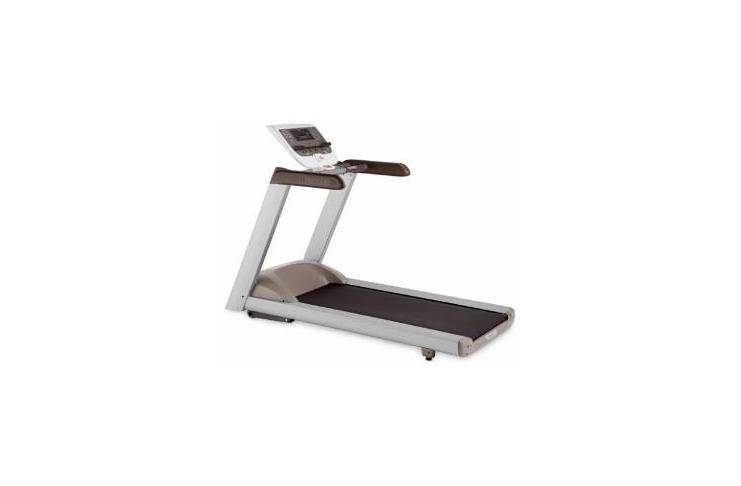Training for a 26.2 miler is no joke. If you plan to run the entire distance, you’re going to have to put hundreds of miles in before race day arrives. Sometimes mother nature won’t be willing to cooperate when training in outdoor scenarios: rain, sleet, snow, extreme heat and cold.
Perhaps you live in an area where training for the planned event just isn’t practical given your surroundings?
If you live in the flatlands of Florida it’s going to be hard to find a suitable trek in your area to train for San Fran, Pike’s Peak, Blue Ridge, or any other marathon with serious elevation challenges.
Conversely, if you live in a mountainous area, it’s going to be hard to work on pacing yourself properly for flat surface marathons like Hudson River, Cleveland, Las Vegas, or an all out down-hiller like the Poconos Mountain Run!
Treadmill Training to the Rescue
Using a treadmill affords you the ability to train whenever you want, despite the weather or time of day, without worry of any distractions. You can also use the incline feature, along with some ingenuity to simulate the race conditions you’re training for as closely as possible.
Following are a few tricks and training tips you can use to get the most out of your indoor marathon training sessions.
5 Helpful Tips for Marathon Training on a Treadmill
1. Use inclines to better simulate flat runs…
You need to add 1-2 degrees of incline to the treadmill to get similar resistance to running on a flat outdoor surface. Hill and mountain runs will be even harder to simulate, but making sure you’re never running at zero-degrees might just save you on race day.
2. Alternate incline levels to simulate wind resistance…
Wind resistance is another oft-forgotten variable that people training for an outdoor marathon forget about when training indoors on their treadmill. The only way to prep for wind gusts on your treadmill is to increase the incline (resistance) level.
Unfortunately, there’s no scientific formula for converting incline resistance to accurately replicate how the wind will affect you outdoors. However, you can increase your energy expenditure by programming the treadmill to increase a degree or two for 10-20 minute periods intermittently throughout your run. This will help a lot when you’re pounding the pavement outside and the wind picks up in the middle of a race or training session.
3. Shorten your stride…
Treadmill training changes your stride compared to running on a static outdoor surface. The belt continuously pulls your feet back with each stride you take. This won’t happen while you’re running on the road, and there’s a very easy way to adjust for this and amp up the intensity of your workout.
Speed up your foot movement, lifting your feet of the belt quickly so your they don’t get pulled backward. The main aim with this technique change is to try to keep your stride and body line closer to what you use outdoors, so the transition between the two surfaces won’t trip you up too much on race day. Shoot to outpace your outdoor stride numbers by 10 or 20 (i.e., if you normally run 150’s, aim for 160-170spm on the treadmill).
4. Get creative for training downhill scenarios…
Treadmills are getting better at simulating real-world conditions. However, many of you may still own a machine that doesn’t offer negative incline adjustment. If you do have this feature available on yours, that’s great you’re all set for downhill training.
If not, simply placing a 2 or 3-inch high block of wood or something similar under the rear of the treadmill, will give your training a huge boost. This small change can help condition your quads, hips, knees and core for the rigors of a downhill course like the Boston Marathon.
A note of warning: Declines are particularly hard on the belt life of your treadmill. If you decide to incorporate decline training, do so knowing you might be replacing it more often.
5. Alternate treadmill with outdoor runs…
Dr Chris Clark successfully pulled of a win at the 2000 Women’s US Olympic Marathon Trials using only a treadmill to train (learn more). She claimed the climate and snow in her home at Anchorage, Alaska, just didn’t permit her conditions for effective road training. She’s definitely an exception when it comes to treadmill-only training for a real-world marathon.
You will have to get outside eventually. Do so at least two-times per week, alternating with 4 days of treadmill runs. You can alternate one week indoors, and one week outdoors if you like. The key is you have to keep your body tuned to running on a static surface, so the shock doesn’t hit you leading into marathon day.
Best of luck when race-day arrives!




